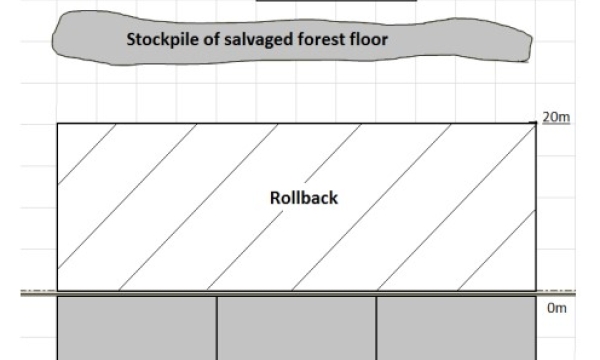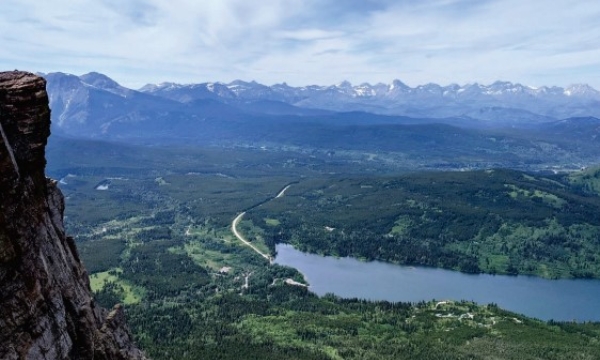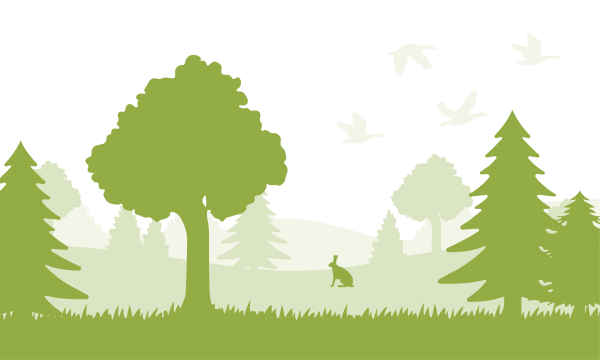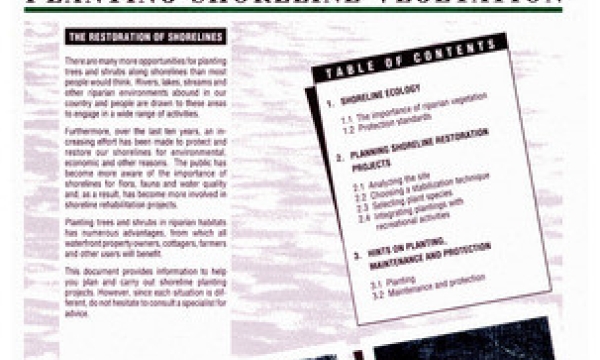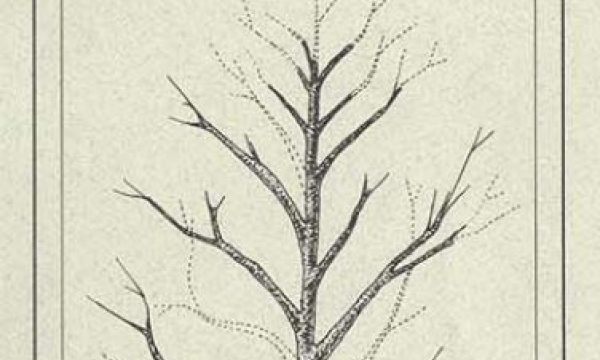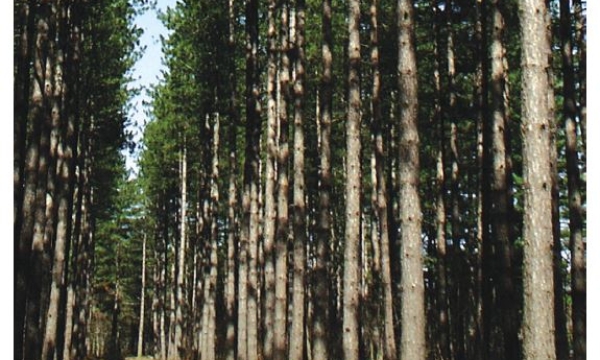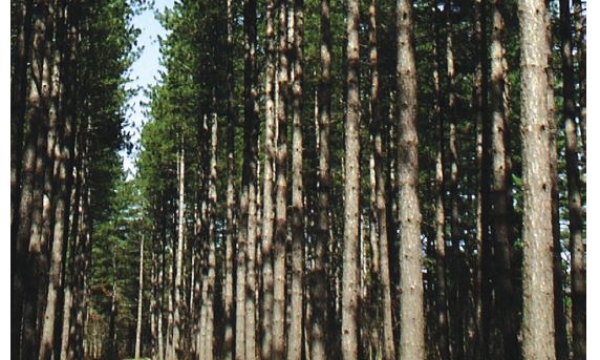Land Management Resources
Resource
Derek Sidders and Tim Keddy present a lecture to the Canadian Institute of Forestry on various silvicultural and technology-based practices. This lecture highlights multiple case studies on...
Resource
Dr. Patrick Lenz presents a lecture to the Canadian Institute of Forestry on multi-trait genomic selection for white spruce. There are four major conclusions from the lecture. 1) Studies from legacy...
Resource
I I tested forest floor protection techniques in the construction and reclamation of temporary drilling pads to restore native boreal canopy and understory cover. By covering and delineating the...
Resource
I measured the effect of recreational trails on plant species richness, community composition, and the presence of exotic and rare species in the Castle Provincial Parks of Alberta, Canada, by...
Resource
Breeding programs and strategies for four major tree species of Canada are presented, including Douglas-fir ( Pseudotsuga menziesii (Mirb.) Franco), jack pine ( Pinus banksiana Lamb), the larch...
Resource
Planting trees and shrubs in riparian habitats has numerous advantages, from which all waterfront property owners, cottagers, farmers, and other users will benefit. This document provides information...
Resource
Pruning is a technique used to limit or train tree and shrub growth, improve appearance, compensate for root loss, influence flowering and fruiting, and remove damaged or diseased parts. This leaflet...
Resource
Authors
Trevor White
Stephen Dominy
Darren Allen
Afforestation, the planting of trees on abandoned or under-utilized agricultural lands, has occurred to varying degrees in Ontario since the turn of the 20th century. Knowledge of plantation...
Resource
Authors
T.J.R. White
S.W.J. Dominy
D.J. Allen
Afforestation, the planting of trees on abandoned or under-utilized agricultural lands, has occurred to varying degrees in Ontario since the turn of the 20th century. Knowledge of plantation...
Resource
Authors
L.D. Yeates
R.F. Smith
S.I. Cameron
J. Letourneau
Methods for greenhouse propagation of rooted cuttings of Canada yew ( Taxus canadensis) are described. Specific details on the collection and handling of cuttings, greenhouse culture, and post-rooting...




